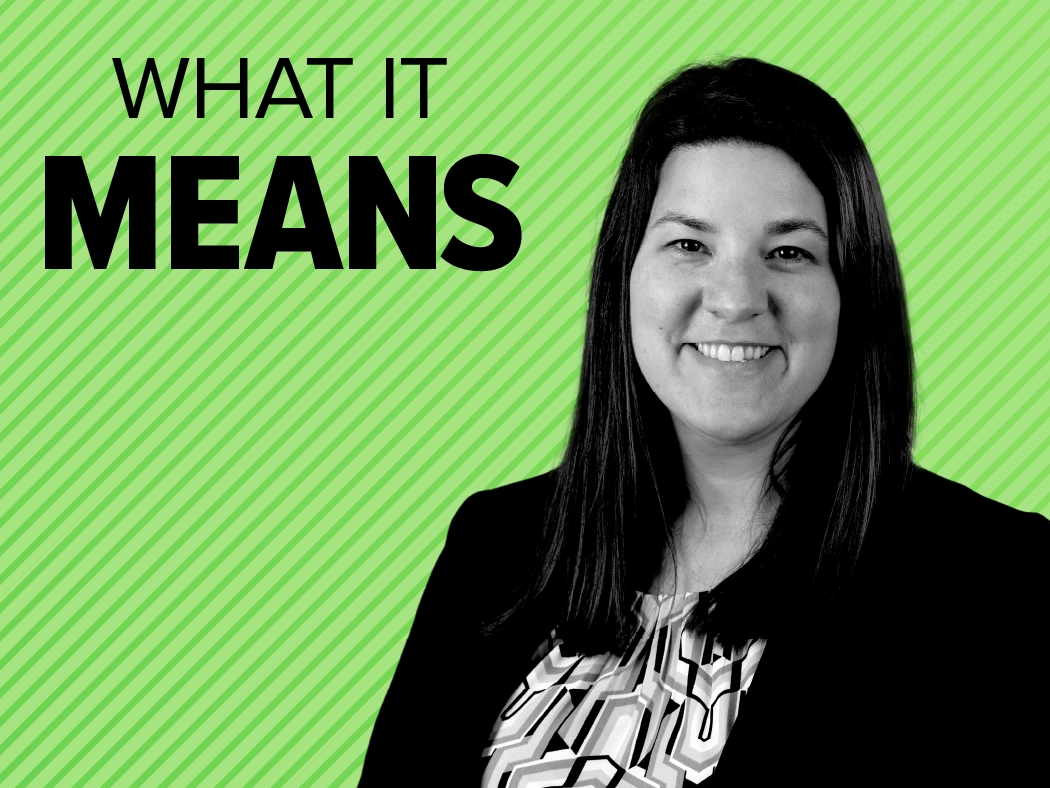Featuring:
Shannon Germain Farraher, Senior Analyst
Show Notes:
Is more technology always the answer? When it comes to cluttered healthcare facilities and overburdened healthcare workers, more tech may be creating more problems than it solves. In this episode, Senior Analyst Shannon Germain Farraher discusses the current state of technology in clinical settings and how the overabundance of tech in healthcare could be adding to clinician burnout.
What’s behind this counterintuitive trend? Farraher says the primary culprit is healthcare organizations (like so many others) making new tech investments without proper clinician input. Instead of giving clinicians the tech they need for improved patient outcomes, some organizations are applying more tech to processes that may not need it. This oversight can result in technology that does not meet the needs of clinicians or their workflows, leading to frustration and, when piled on top of other job issues, contributing to the growing burnout problem in healthcare. Farraher emphasizes the importance of involving working clinicians in any technology decisions that impact their work and ensuring that organizations consider their feedback and experiences when deciding which technology to buy and implement in a clinical setting.
For example, as a former nurse, Farraher recalls the challenge of getting patients up and walking after a surgery (a key benchmark for healing) because there were simply too many data-collection and monitoring machines in the way. She also mentions the challenges (and lingering hangover) of implementing the electronic health record (EHR), which was primarily designed without clinician feedback and often created barriers to efficient documentation.
But there are some bright spots in healthcare technology today that make clinicians’ jobs easier. Farraher highlights four technologies specifically: ambient intelligent solutions, clinical communication and collaboration platforms, robotics, and the internet of medical things. Ambient intelligent solutions leverage natural language processing to automate documentation, which will allow clinicians to focus more on patient care than a screen and a keyboard. Clinical communication and collaboration platforms enable seamless communication and access to information at the bedside. Robotics, beyond surgical robots, can assist with tasks such as medication delivery and laundry management. The internet of medical things is a broader concept that refers to various connected devices and virtual care solutions that can exchange information.
The episode wraps up with a discussion on the emergence of the chief wellness officer. While that role may help address issues of burnout and employee fatigue, it is at risk of burnout as well due its broad set of responsibilities.




